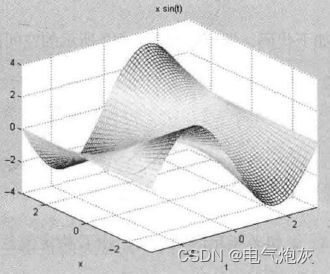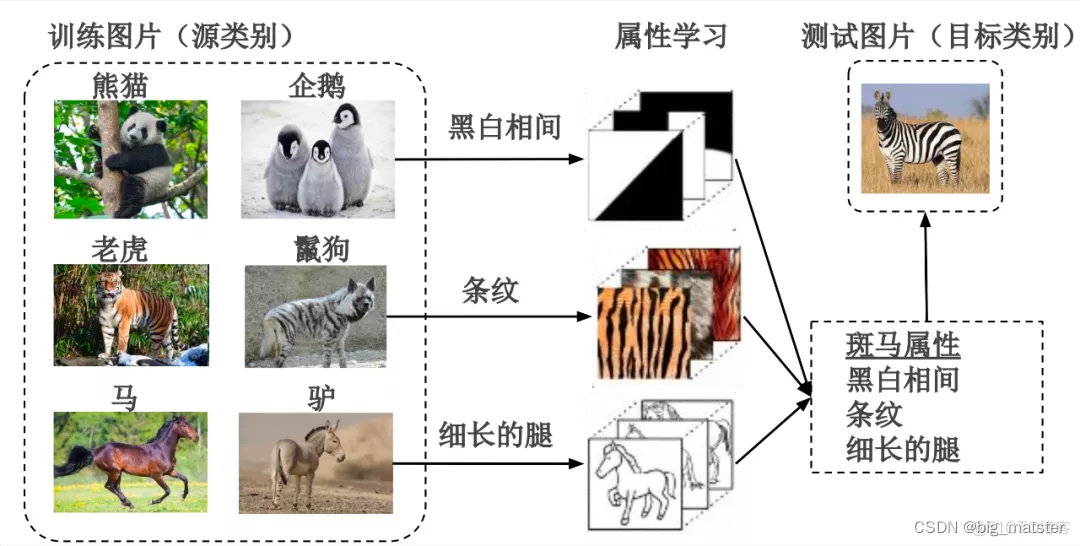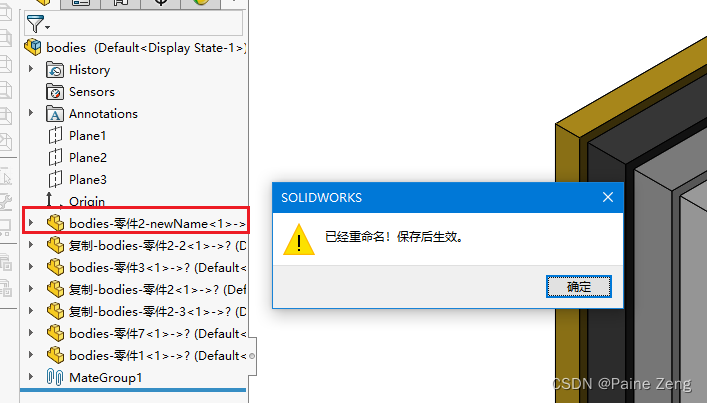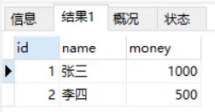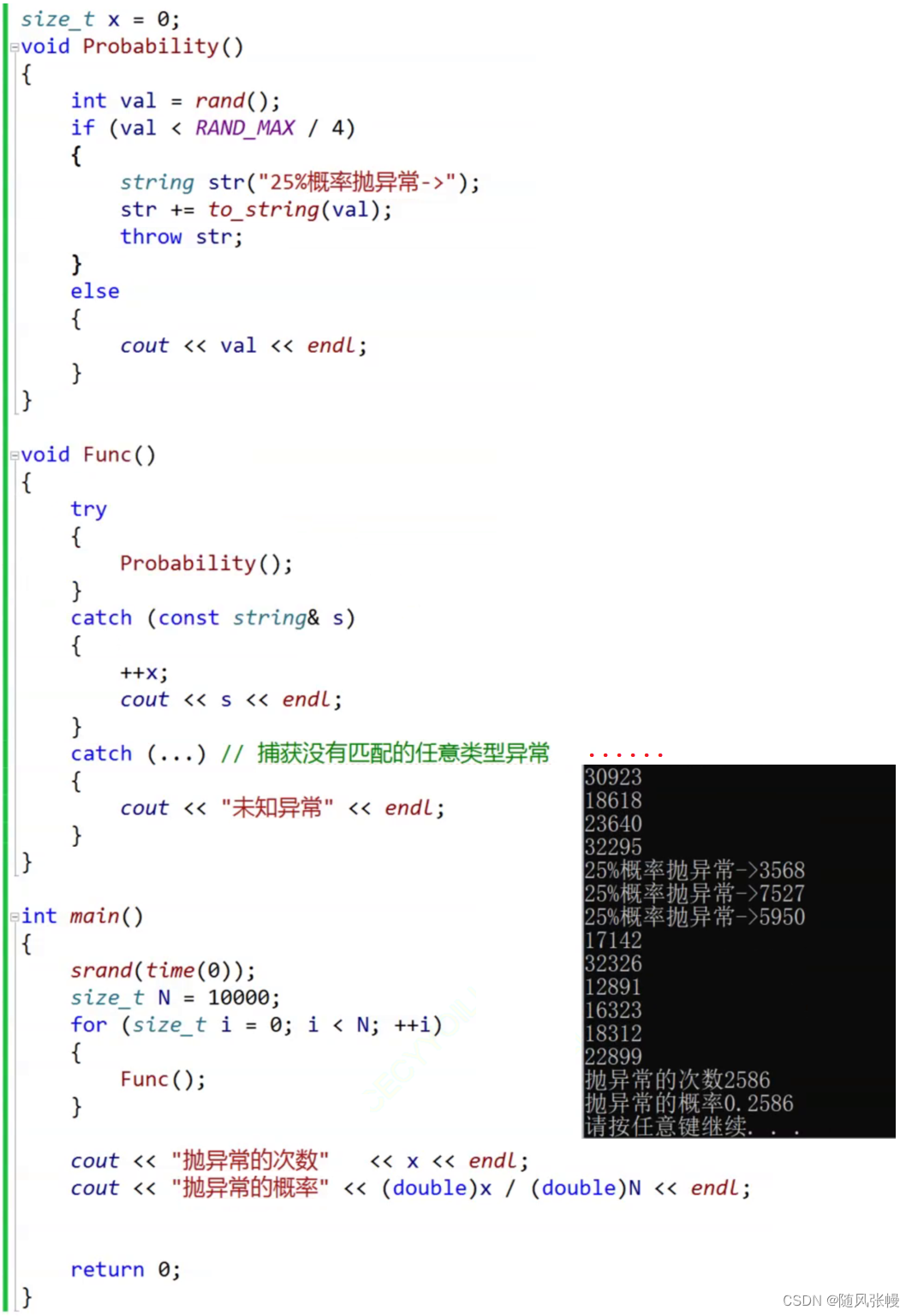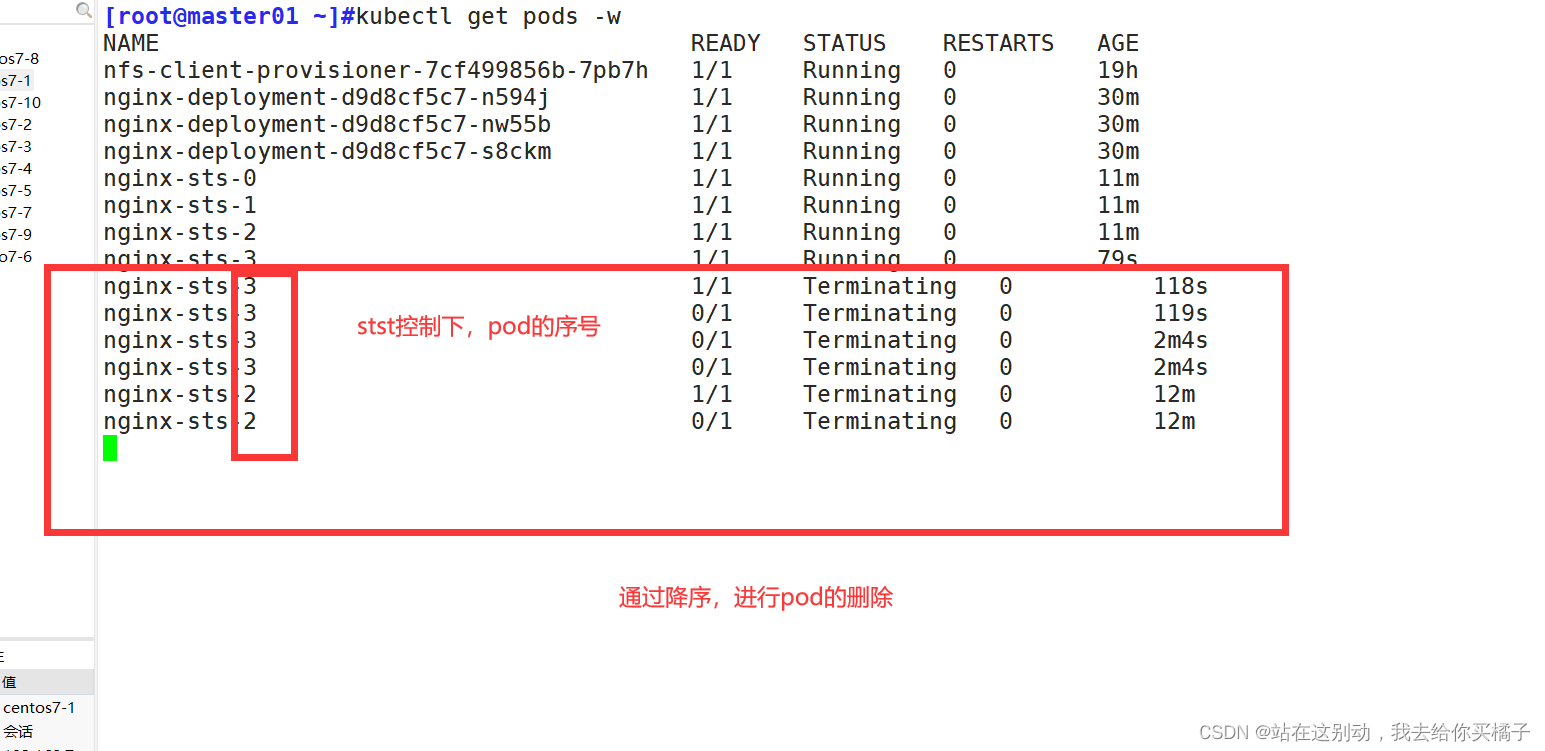前言:
周赛两题选手,有点意思
830.较大分组的位置
思路:wa了三发,对边界了解的不够清楚
可以有一个小小的优化,时间复杂度O(n)
// arr.add(start);
//arr.add(i-1);
//res.add(arr);
res.add(Arrays.asList(start,i - 1));
class Solution {
public List<List<Integer>> largeGroupPositions(String s) {
char[] chars = s.toCharArray();
List<List<Integer>> res = new ArrayList<>();
int start = 0;
int step = 1;
if(s.length() <3) return res;
for(int i = 1;i < chars.length;i++){
if(chars[i] != chars[start]){
if(i - start >= 3 ){
List<Integer> arr = new ArrayList<>();
arr.add(start);
arr.add(i-1);
res.add(arr);
}
start = i;
}
if(i == chars.length -1 && i - start >=2){
List<Integer> arr = new ArrayList<>();
arr.add(start);
arr.add(i);
res.add(arr);
}
}
return res;
}
}
831.隐藏个人信息
思路
单纯的模拟,熟悉javaAPI操作
class Solution {
public String maskPII(String s) {
//1、判断他是电子邮件
if(s.indexOf("@") != -1){
StringBuffer buffer = new StringBuffer();
String[] str_arr = s.split("@");
String name_str = str_arr[0].toLowerCase();
buffer.append(name_str.charAt(0));
buffer.append("*****");
buffer.append(name_str.charAt(name_str.length() - 1));
String domain_str = str_arr[1].toLowerCase();
buffer.append("@").append(domain_str);
return buffer.toString();
}else{
//数字
char[] chars = s.toCharArray();
StringBuffer buffer = new StringBuffer();
for(int i = 0;i < chars.length;i ++){
if(chars[i] >= '0' && chars[i] <= '9'){
buffer.append(chars[i]);
}
}
String phone = buffer.toString();
StringBuffer buffer1 = new StringBuffer();
if(phone.length()==10){
buffer1.append("***-***-").append(phone.substring(phone.length()-4));
}else if(phone.length()==11){
buffer1.append("+*-***-***-").append(phone.substring(phone.length()-4));
}else if(phone.length()==12){
buffer1.append("+**-***-***-").append(phone.substring(phone.length()-4));
}else if(phone.length()==13){
buffer1.append("+***-***-***-").append(phone.substring(phone.length()-4));
}else{
System.out.println("数字长度不符合");
}
return buffer1.toString();
}
// return "";
}
}
829. 连续整数求和
题目:
给定一个正整数 n,返回 连续正整数满足所有数字之和为 n 的组数 。
示例 1:
输入: n = 5
输出: 2
解释: 5 = 2 + 3,共有两组连续整数([5],[2,3])求和后为 5。
思路
打死我都想不出来
有1个: x = x
有2个: x + (x+1) = 2x + 1
有3个: x + (x+1) + (x+2) = 3a + 3
有4个: x + (x+1) + (x+2) + (x+3) = 4x + 6
有5个: x + (x+1) + (x+2) + (x+3) + (x+4) = 5x + 10 … 当分解成连续的a个数字时, 有a个: x + (x+1) + … + (x+a-1) = ax + b 其中b总是相较于上一个b增加了(a-1), 可在迭代中维护b
因为x必须是正整数,所以只有当 (n - b) / a 可以整出时,说明n可以分解为联系的a个正整数,且第一个正整数就是(n - b) / a
容易知道随着个数a的不断增加,第一位数字x是不断减少的,当x小于等于0的时候,不管怎么增加a都不会得到有效的x了,因此迭代可以终止。
代码
class Solution {
// x = x
// x+(x+1) = 2x+1
// x+(x+1)+(x+2) = 3x+3
// ax+b
public int consecutiveNumbersSum(int n) {
int res = 0;
int b = 0;
int a = 1;
while((n-b)/a > 0){
if((n-b)%a==0) res += 1;
b += a;
a++;
}
return res;
}
}
思路
为什么要用乘法定理呐?
刚开始,我对于这个字符的贡献值为什么是(curIndex - lastIndex) * (nextIndex - curIndex) 没有理解。
那么结合这个图的话,那就是A对于子串BCADEF的贡献值为 3 * 4 = 12。
这里是对应了包含A的总共有12种不同的连续子串。
BCA 、BCAD、BCADE、BCADEF、CA、CAD、CADE、CADEF、A、AD、ADE、ADEF
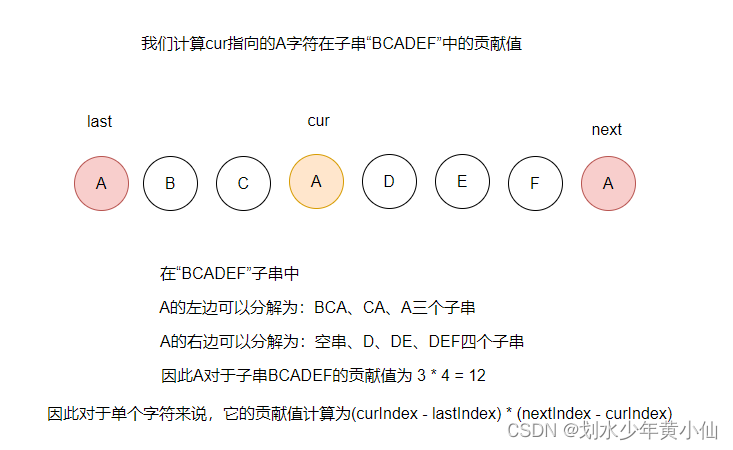
class Solution {
public int uniqueLetterString(String s) {
Map<Character,List<Integer>> map = new HashMap<>();
for(int i = 0;i < s.length();i++){
if(!map.containsKey(s.charAt(i))){
map.put(s.charAt(i),new ArrayList<>());
}
map.get(s.charAt(i)).add(i);
}
int res = 0;
for(Map.Entry<Character,List<Integer>> entry:map.entrySet()){
List<Integer> arr = entry.getValue();
int head = -1;
int tail = -1;
// 使用乘法定理
for(int i = 0;i < arr.size();i++){
tail = (i < arr.size() - 1) ? arr.get(i + 1): s.length();
res += (arr.get(i) - head) * (tail - arr.get(i));
head = arr.get(i);
}
}
return res;
}
}
参考文章
统计子串中唯一的字符
